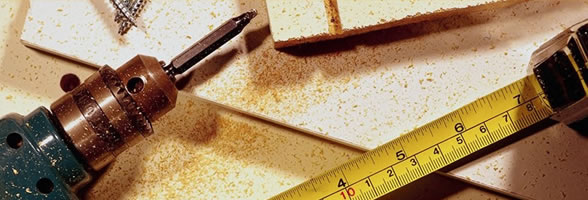
Comparison of Histological Measures of Skin Photoaging
Dermatology 2011;223:140-151 (DOI: 10.1159/000332425). M.C. Hughesa, C. Bredouxc, F. Salasc, D. Lombardc, G.M. Struttonb, A. Fourtanierd, A.C. Greena, e
Background: Dermal elastosis is considered the histological ‘gold standard’ for evaluation of skin photoaging, but the relation of the level of dermal elastosis to other histological indicators of photoaging is not clear. Objective: To investigate how various proposed histological measures of photoaging compare with the level of dermal elastosis. Methods: Prospective, community-based study in Southeast Queensland, Australia, among 89 participants aged 40–82 years. Quantitative histology was used to evaluate 8 biomarkers of photoaged skin, and associations between grades of dermal elastosis and each of the other 7 biomarkers were analysed using ordinal logistic regression models with proportional odds assumption, using histological grades of elastosis as the outcome. Results: Older age, male sex and high outdoor exposure levels were confirmed as predictors ofhigh levels of dermal elastosis. After adjustment for age and sex, the only significant positive association with increasing elastosis grades was the proportion of p53-positive cells. Epidermal thickness, interdigitation index proportion of surface covered with melanin (% Fontana-Masson staining) and glycosaminoglycan content were not associated with elastosis in either crude or adjusted models.
Conclusions: Amonga range of suggested biomarkers of photoaged skin, only p53-positive cells appear to be strongly associated with the level of dermal elastosis.
